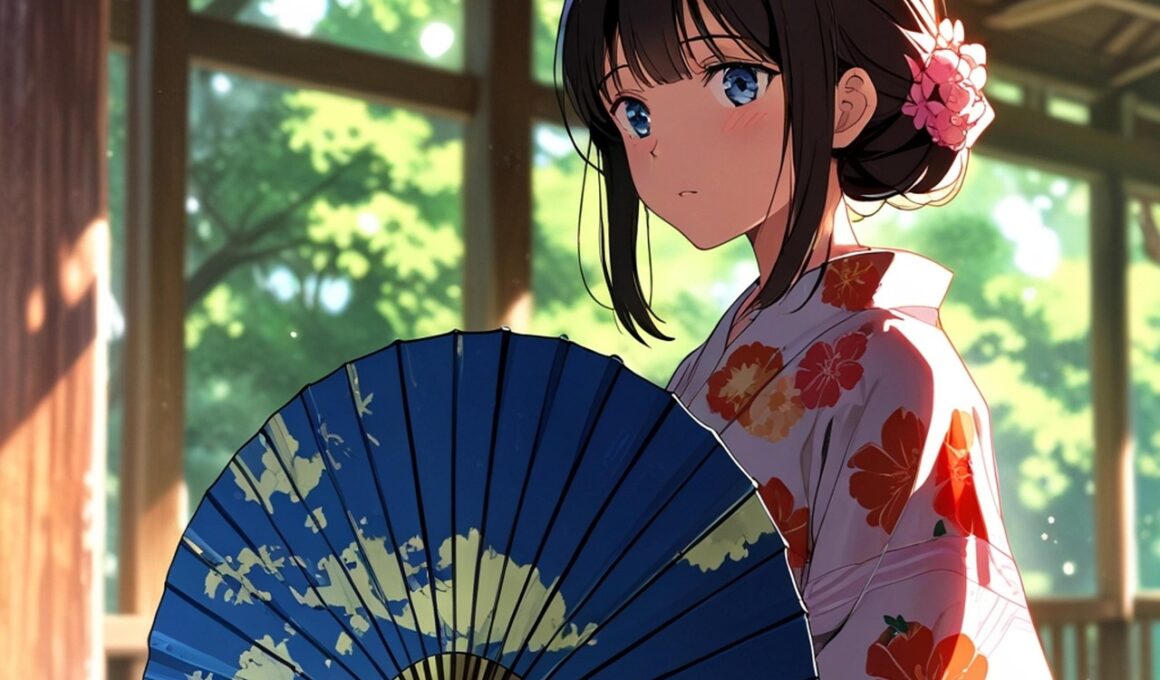How User-Generated Fan Fiction Drives Social Media Growth
User-generated content has profoundly transformed the landscape of social media, particularly through fan fiction. This creative expression allows fans to engage with their favorite narratives by generating new stories, extending character arcs, and exploring alternative plotlines. It creates a dynamic community where writers and readers interact, sharing ideas and feedback. This dialogue fosters a sense of belonging and encourages participation, which is essential for social media growth. Furthermore, fan fiction often showcases themes and characters from popular media franchises, attracting attention. Social media platforms serve as ideal venues for sharing these stories, allowing creators to gain visibility and build their audience. The sharing of fan-created content can also manifest in various forms, including illustrations and multimedia, enriching the storytelling experience. Platforms like Archive of Our Own and Wattpad provide platforms for fan fiction authors to post their works and receive feedback. Social media amplifies this by enabling real-time interaction and sharing. Consequently, fan fiction serves not only as a vehicle for creativity but as a catalyst for social media engagement and community development.
The impact of fan fiction on social media platforms is evident in how it encourages users to produce and share their own content. This sharing culture leads to the formation of niche groups where users communicate and collaborate on projects. As fans create and promote these works on platforms like Tumblr or Twitter, they generate interest and drive traffic to their pages. Specifically, hashtags related to popular franchises can gain traction, enabling visibility beyond the creator’s immediate followers. This increased visibility can attract new readers and writers, further enriching the community and stimulating participation. Additionally, fan fiction promotes discussions on various themes such as representation and identity. These crucial conversations can lead to the development of dedicated online spaces that provide resources and support for aspiring writers. Social media platforms enhance this access, allowing users to connect with like-minded individuals across the globe. The collaborative nature of fan fiction creates open dialogues that can challenge traditional storytelling methods. Therefore, the symbiotic relationship between user-generated content and social media fosters a thriving environment for creativity and strengthens community ties.
Furthermore, the rise of hashtag culture, particularly on platforms like Twitter and Instagram, has empowered fan fiction writers to utilize tags for promotion. Tagging their stories with relevant trends can significantly enhance exposure, allowing them to reach broader audiences. This phenomenon creates visibility not just for the fan fiction itself, but also for the original source, maintaining a cycle of engagement. Many authors have witnessed increased interest in their work based upon social media patterns; platforms become vital for promotion and feedback. Reader engagement through likes, comments, and shares acts as instant validation, motivating writers to continue producing content. Furthermore, collaborations often arise from these interactions, leading to partnerships that work on crossovers or themed events. This interconnectedness emphasizes the communal aspect of storytelling and highlights the collaborative spirit often found in fan fiction. By nurturing this environment, social media platforms contribute to a culture where creativity is celebrated, and diverse voices can be heard. The encouragement of fan fiction fosters participation, drawing more people into the narrative universe, thus expanding the franchise’s fan base.
Fan Fiction as a Marketing Tool
Moreover, fan fiction has established itself as a powerful marketing tool for franchises seeking to expand their reach and influence. Companies often recognize the value in the engagement generated by fan-created works. By allowing fan fiction that respects copyright to flourish, companies can stimulate engagement and fan loyalty. Additionally, this community-driven content serves as organic promotion, as fans share their works with friends and across social networks. This can drive a potential influx of new fans to the original content, creating a cycle where new consumers are continually introduced to established products. Popular franchises have even encouraged fan works by hosting contests or featuring the best stories, thereby spotlighting community creativity. This proactive engagement can yield significant shares of user attention and cultivate a deeper emotional connection with the franchise. Fans who see their work recognized by the original creators may feel a more robust bond to the source material. Thus, the marketing potential of fan fiction can be harnessed to cultivate goodwill and loyalty among consumers and encourage ongoing participation in the fandom.
In the realm of social media, the visual aspect of fan fiction also plays a crucial role in its growth. Many creators complement their stories with images or graphic art, which enhances the storytelling experience and makes content more shareable. This integration of visuals attracts various users, including those who may prefer content that is visually stimulating over traditional text. Platforms like Pinterest thrive on this crossover of visual and literary content, allowing for broader reach. Both fan art and written works serve to inspire dialogue and build communities that appreciate the source material. This synergy creates an environment where fans can engage with multiple forms of media surrounding their favorite franchises. Surveys suggest that storytelling accompanied by strong visuals tends to have higher engagement rates, proving that effective use of graphics can captivate wider audiences. Furthermore, fan-created multimedia projects serve to enrich the experience and invite even more creative interpretations. By embracing visual elements, fan fiction remains dynamic within social media platforms and propels increased interaction and following.
Another significant aspect of fan fiction driving social media growth is interactivity. Many platforms support interactive features, allowing readers to comment and engage directly with authors, fostering a sense of community. The feedback loop between writers and readers can lead to immediate improvements in narrative quality. Writers can gauge their audience’s interests and preferences, which can inform their subsequent works. In addition, reading behaviors and trends can be analyzed using engagement metrics, leading authors to develop content that resonates with a broader audience. This adaptability in storytelling enhances the fan fiction landscape, making it more relevant to current fandom discussions. Moreover, through polls or discussions, authors can invite readers to contribute ideas or vote on story directions, enhancing interactivity even further. Social media platforms provide the perfect infrastructure for these connections to flourish. By utilizing such interactive features, fan fiction writers can create a more personalized experience for their audience. Moving forward, the interactive nature of digital engagement will represent an essential avenue for the growth and evolution of fan fiction within social media realms.”},{
Conclusively, the interplay between user-generated fan fiction and social media is integral to the growth of both realms. Fan fiction enriches the content available on social platforms, fostering communities where creativity and collaboration thrive. This engagement can lead to greater loyalty towards franchises and their sources, essentially enhancing fan experiences. As storytelling continues to evolve, social networks will inevitably adapt to accommodate these changing dynamics. The narratives produced by fans often showcase diverse perspectives and innovative ideas, breathing fresh life into beloved stories. The interaction within these communities cultivates an atmosphere where users feel valued, respected, and understood. Additionally, the dynamism of fan fiction encourages platforms to innovate, fostering new ways for people to connect over shared interests. As this cycle continues, we can only anticipate the ways in which fan fiction will further redefine the boundaries of traditional media. The social media landscape is irrevocably tied to the creativity of its users, and the importance of fan fiction within this interplay cannot be understated. Understanding these trends may provide greater insights into the future of both storytelling and community-building across digital spaces.


